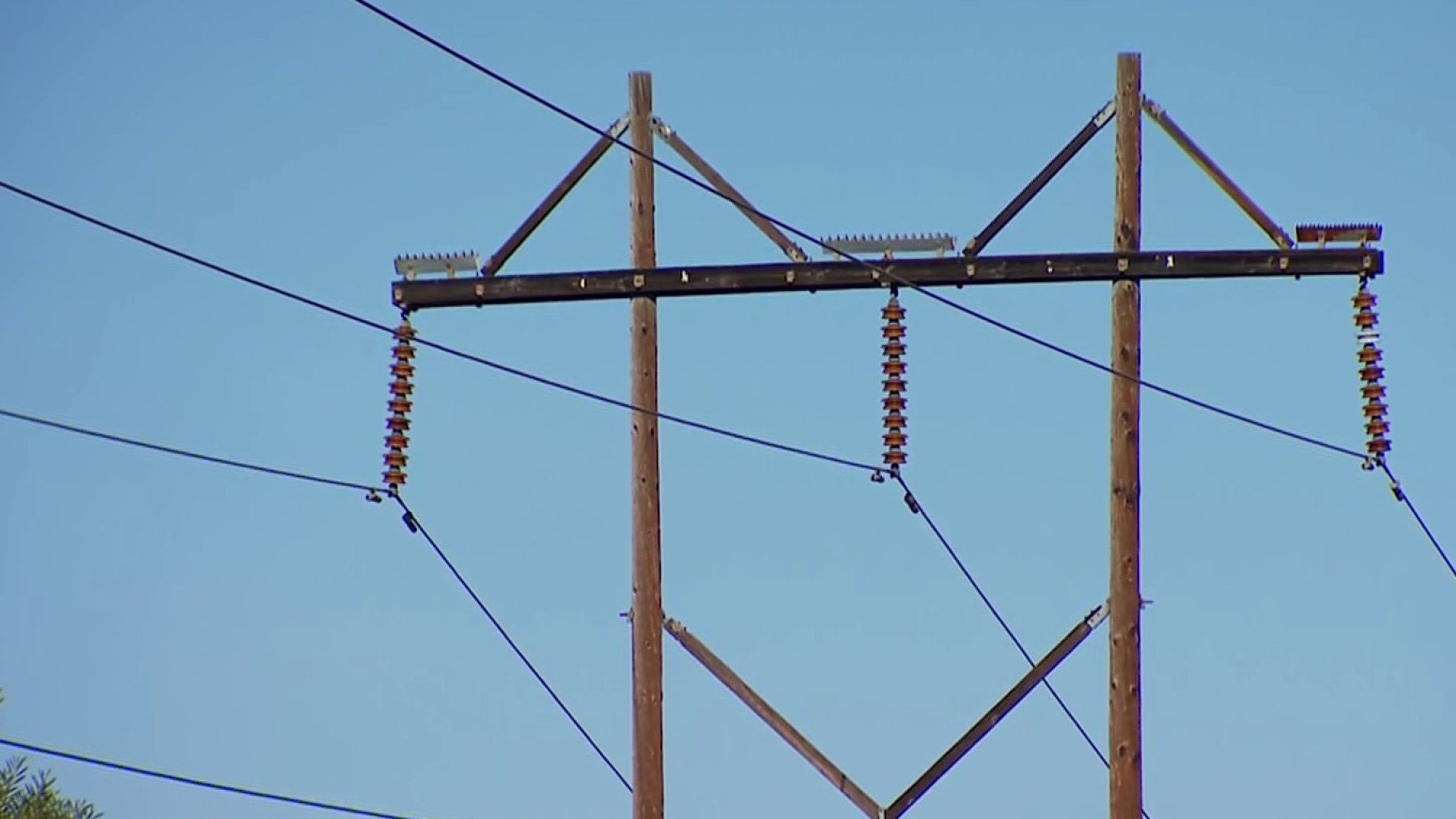After spreading across the country, a historic wave of avian flu has made its way into San Diego.
The San Diego Humane Society confirmed the first case was found in a black swan from Lake San Marcos.
Tom Munnecke, a resident of the area and part of a local community group that tracks the lake’s bird inventory, says his group was the first to report the case.
Get San Diego local news, weather forecasts, sports and lifestyle stories to your inbox. Sign up for NBC San Diego newsletters.
“One of the residents turned it in and they sent it to UC Davis, San Bernardino Campus, and they did a test on it,” said Munnecke.
He says the bird came back positive for the highly pathogenic bird flu.
“I’m a citizen scientist,” said Munnecke. “I love science. I’ve been watching the lake closely, both the water quality and the bird life.”
He says his group first came across the infected bird earlier this month.
“It had tags on his wings so I took that picture and sent it to the national bird laboratory to find out where it came from,” said Munnecke.
It turns out the bird was from Idaho. A week later, they came across the bird again but this time it was dead. They didn’t know it at the time but the bird had succumbed to the bird flu.
The disease has been spreading rapidly throughout the globe, but here in San Diego, this is the first case.
“It's really important right now that we as a community come together and see this as a big deal,” said Dr. Jon Enyart, senior director for project wildlife at the San Diego Humane Society.
Enyart says there is a real possibility we can see an outbreak of the virus in our county.
“Any species or group that is susceptible, we are concerned that we can lose numbers and they’re all important to our ecosystem,” said Enyart.
The bird flu primarily affects birds but Enyart says it can affect other mammals, including humans, but the risk remains low.
“A member of the public picking up a dead bird, what I would be most concerned about is their pet birds or their pet chickens at home,” said Enyart. “They can easily transmit this disease to their pet birds at home.”
The disease spreads among birds through direct contact or indirectly through clothing, shoes, food, water and feathers. There are a few signs you can look out for when coming across a possibly sick bird.
“Any duck or goose or swan or chicken that just seems to be off, trouble walking, not flying at all, and on the respiratory side we’d be concerned about eye discharge, trouble breathing, coughing, sneezing, those types of things,” said Enyart.
Ultimately he says the best thing you can do when coming across an ill bird is to report it to the San Diego Humane Society.
Roughly 47 million birds have died this year nationwide, according to the U.S. Department of Agriculture.



